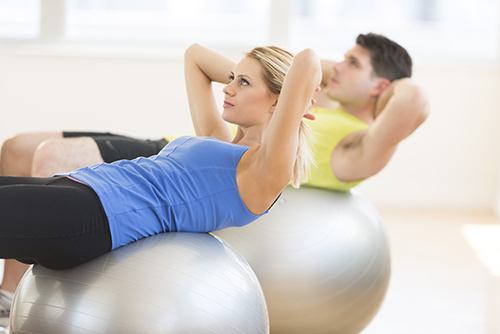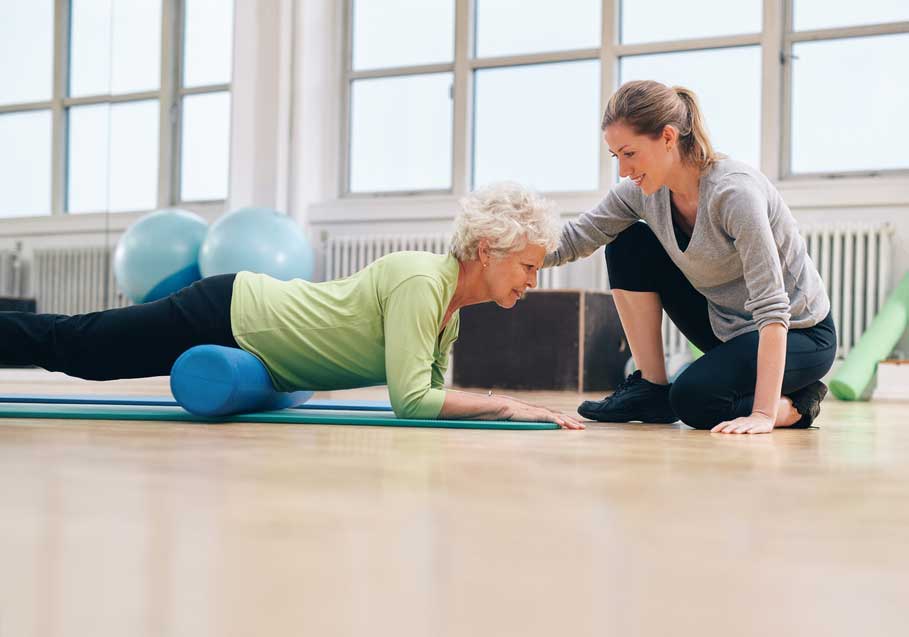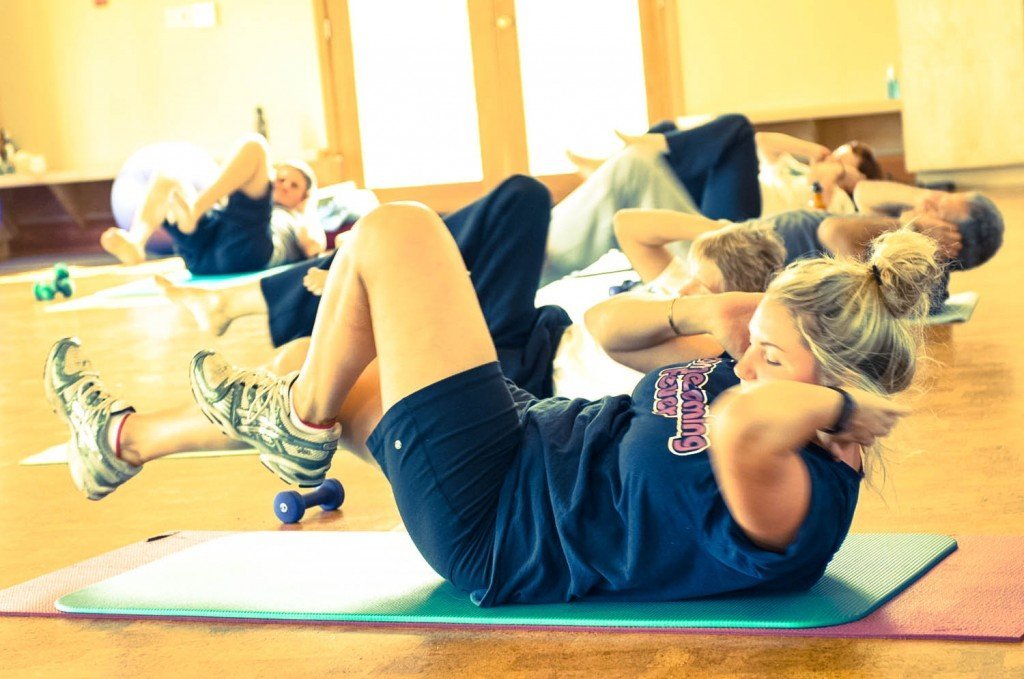 Trends, unlike fads, are cultural flows or tendencies. Fads pass and often with nothing more than surface style or quick money in mind.
Trends, unlike fads, are cultural flows or tendencies. Fads pass and often with nothing more than surface style or quick money in mind.
Think of pop star Miley Cyrus and twerking, a dance she recently popularized in which an individual dances in a sexually provocative manner involving thrusting hip movements while in a low squatting stance. Sure twerking raises the heart rate, burns calories, works certain muscle groups, and adds fun to fitness, but it will never become more than a passing fad. Like the Charleston dance of the 1920s, lava lamps in the 70s, Rap-Rock music of the 90s, or Segway scooters in the early 2000s, Miley’s dance will soon be relegated to pop culture’s, dusty half-price bin.
Mountain Trek pays no attention to passing fads. Instead we invest our time and energy into researching which new or revived trend is synonymous with the healthiest, happiest, most inspiring lifestyle possible.
Go ahead and twerk all you want, but the following is a list of what we’ve found to be the biggest trends in health and fitness for 2014.
Metabolism Boosting Exercises: Renowned personal trainer Jillian Michaels, predicts that high intensity interval training (HIIT), a trend popular in 2013 will continue on throughout 2014. “Current research suggests that HIIT is the best way to achieve training improvements and body change results,” she says. “Programs that challenge the body to incur a higher calorie burn during and post-workout (after burn) by using a variety of total body training methodologies will prove to be winners when it comes to game changing workouts.”
Corrective Exercises: How many of us suffer from chronic low-back pain, arthritis, neck or shoulder issues? The growing number of people who experience aches and pains on a regular basis has inspired a movement in the world of personal trainers to help their clients by using corrective exercise techniques for pain management and postural issues.
In many cases, the pain you’re experiencing now is often the result of a series of small events that, when looked at as a whole, leads to the real reason you’re experiencing pain. Muscle imbalance and movement issues are often the root cause of chronic pain.
The idea behind corrective exercise is to use simple exercises that address any muscle imbalances and misalignments and relieve the stress in your body.
Corrective exercise is based on the simple fact that each muscle is connected to another. By reintroducing proper structure in the body, structure can improve and you can move freely and with less pain as time goes by.
Digital Wellness: Most of us are shackled in one way or another to our digital gadgetry, whether it’s cell phones, laptop computers, or tablets. And even though there is a growing trend toward people living tech-free lives (or at least dedicating one day a week to this lofty goal), there is an even bigger trend toward digital tech wellness. From fitness tracker apps that monitor everything from caloric intake to heart rate and running distance, to online fitness classes, the mobile health movement is here to stay.
Brainpower Boosters: Another trend that was big in 2013–exercise that incorporates cognition-building challenges and specific movement patterns to improve brain function–will also fuel 2014’s fitness devotees.
We’ll see more experiential fitness classes that involve an elevated approach to the mind-body-brain connection. A yoga-flow-play class, that offers a music sampling experience and explores how certain vibrations and sounds impact yoga flow and poses, is one example.
Brain-boosting exercise may sound complex, but it can be as simple as working on your balance or coordination
Good Old-Fashioned Hot Springs: Soaking in a natural hot spring is something that humans have been experiencing for thousands of years. It is in fact our original spa encounter.
With today’s rising costs of living, an inexpensive, social and therapeutically beneficial soak in a thermal spring is hotter than ever. And the best part is, you can find a natural hot springs all over the world.
Nutritious Food: Will good, nutritious food ever not be a trend? We don’t think so, and neither does Sandy Todd Webster, editor in chief for the IDEA Health and Fitness Association. She says, “Empowering people to break the chain of crazy fad/yo-yo dieting by educating them to eat sensibly is an immeasurable benefit. If you can teach a person how to eat well and stop putting unnecessary additives and chemicals into the body, their system will breathe a sigh of relief and start metabolizing the way it’s meant to. It will finally recognize the ‘information’ they’re putting in rather than getting inflamed and fighting unrecognizable processed substances.”
Wellness Spas and Retreats: With the recession now in our rear-view mirror, many people are beginning to travel and spend again. Destination spas and health retreats, like Mountain Trek’s Nelson, British Columbia and Baja Mexico (Rancho La Puerta) locations specialize in what increasing numbers of people are seeking out in 2014– personalized, transformative and immersive wellness programs.


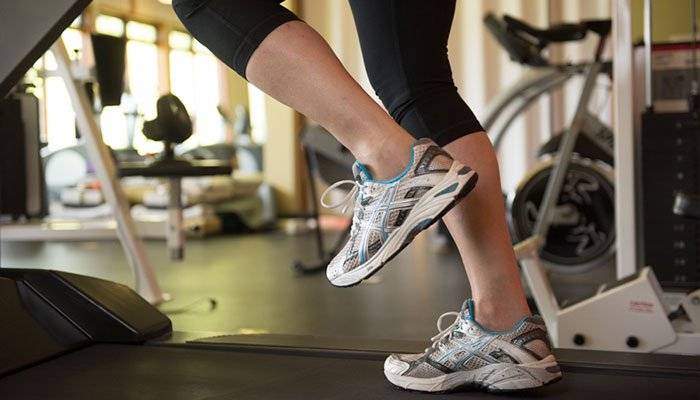

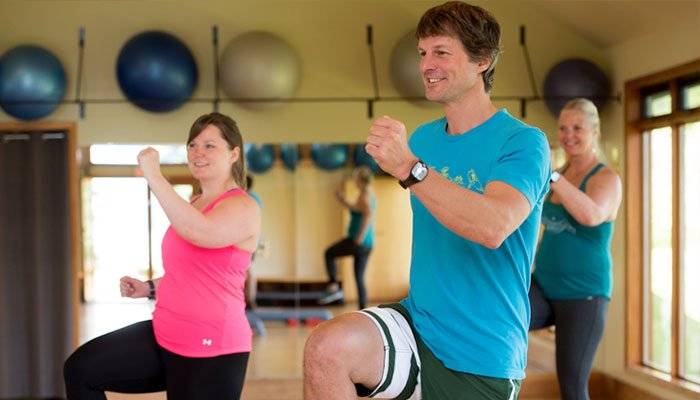
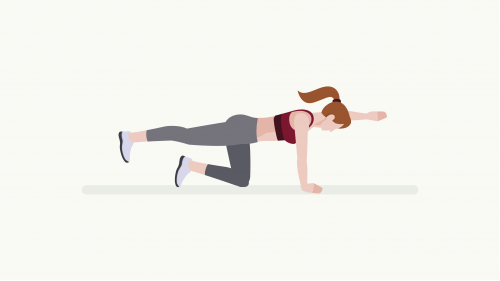
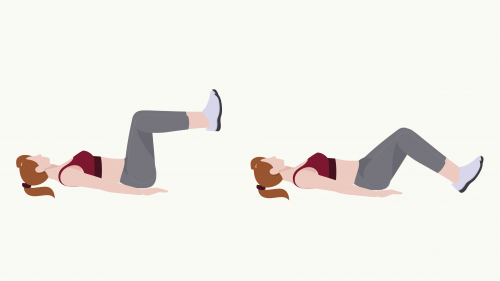
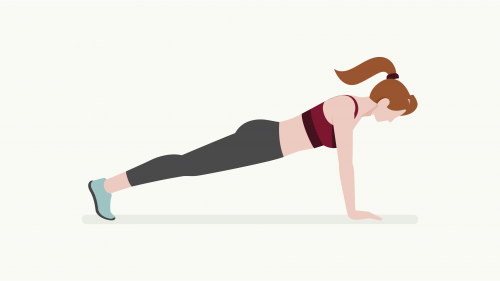
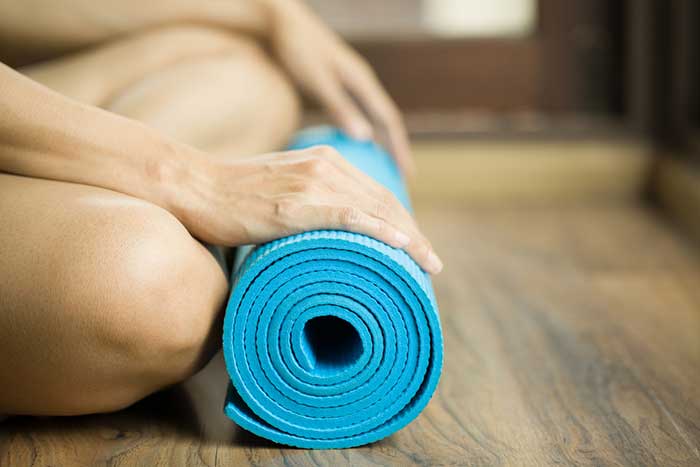
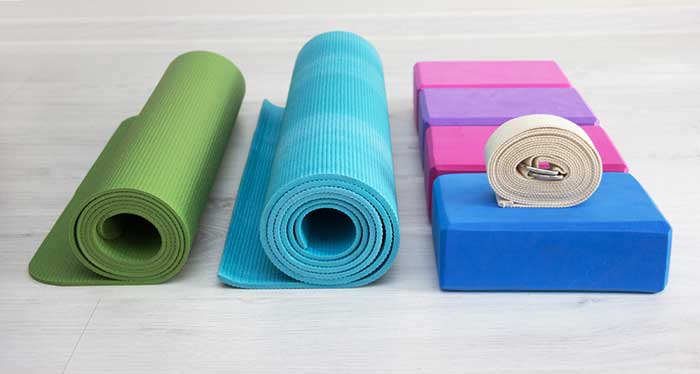

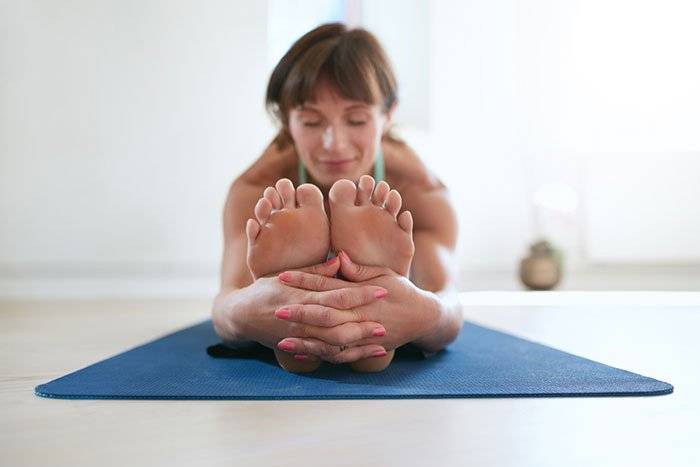
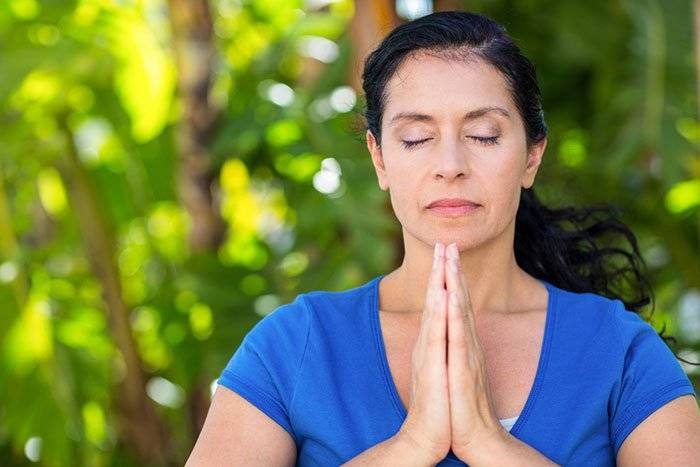
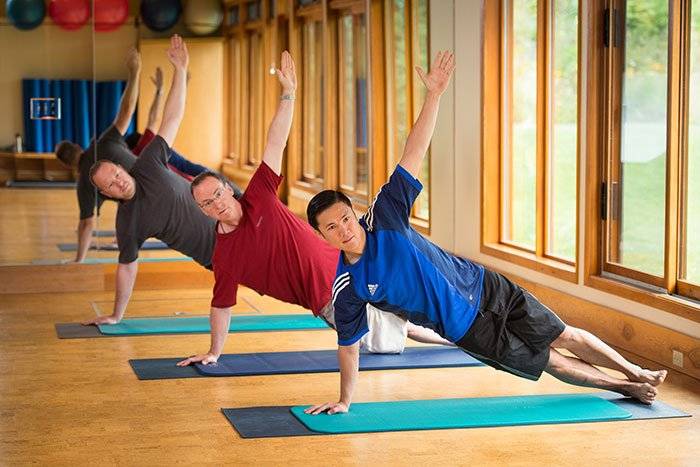
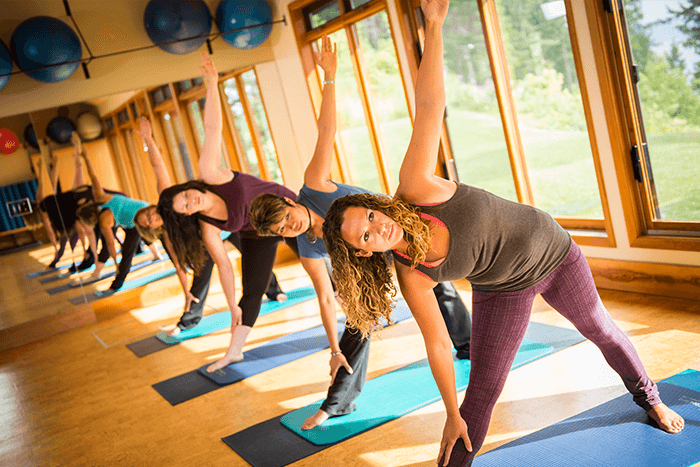
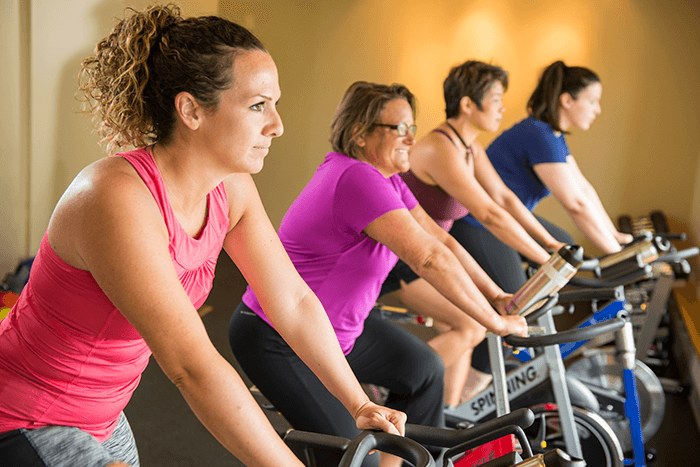
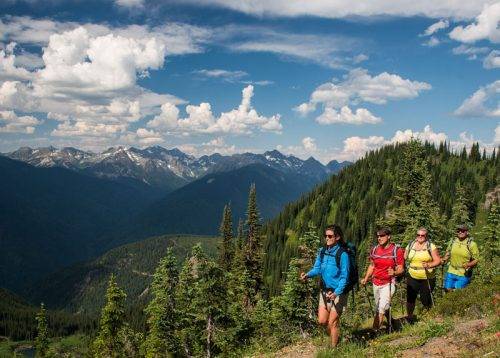
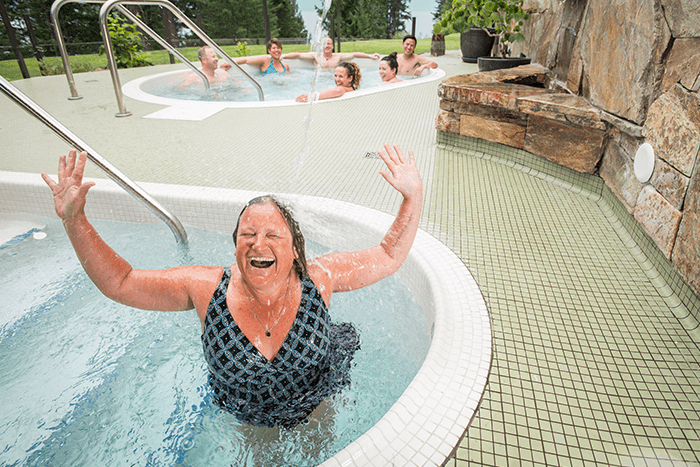
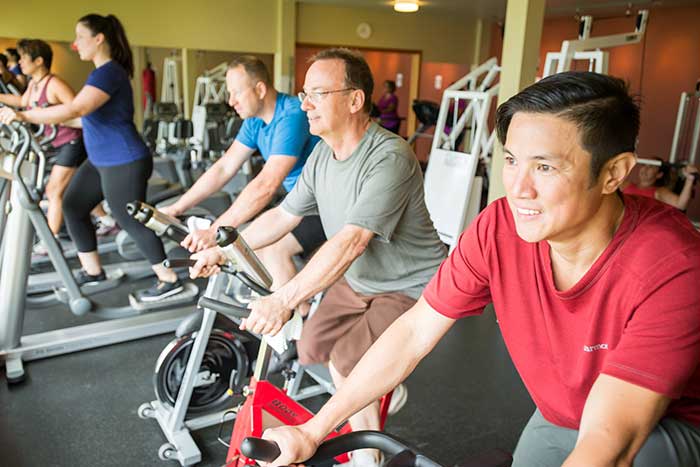 Whether you want to exercise for weight loss, physical, and/or mental health, it is important to include it into your lifestyle – but it’s not always easy.
Whether you want to exercise for weight loss, physical, and/or mental health, it is important to include it into your lifestyle – but it’s not always easy.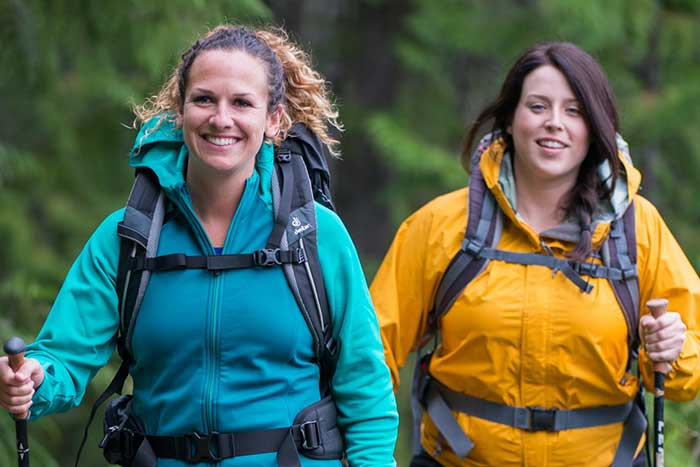
 Trends, unlike fads, are cultural flows or tendencies. Fads pass and often with nothing more than surface style or quick money in mind.
Trends, unlike fads, are cultural flows or tendencies. Fads pass and often with nothing more than surface style or quick money in mind.